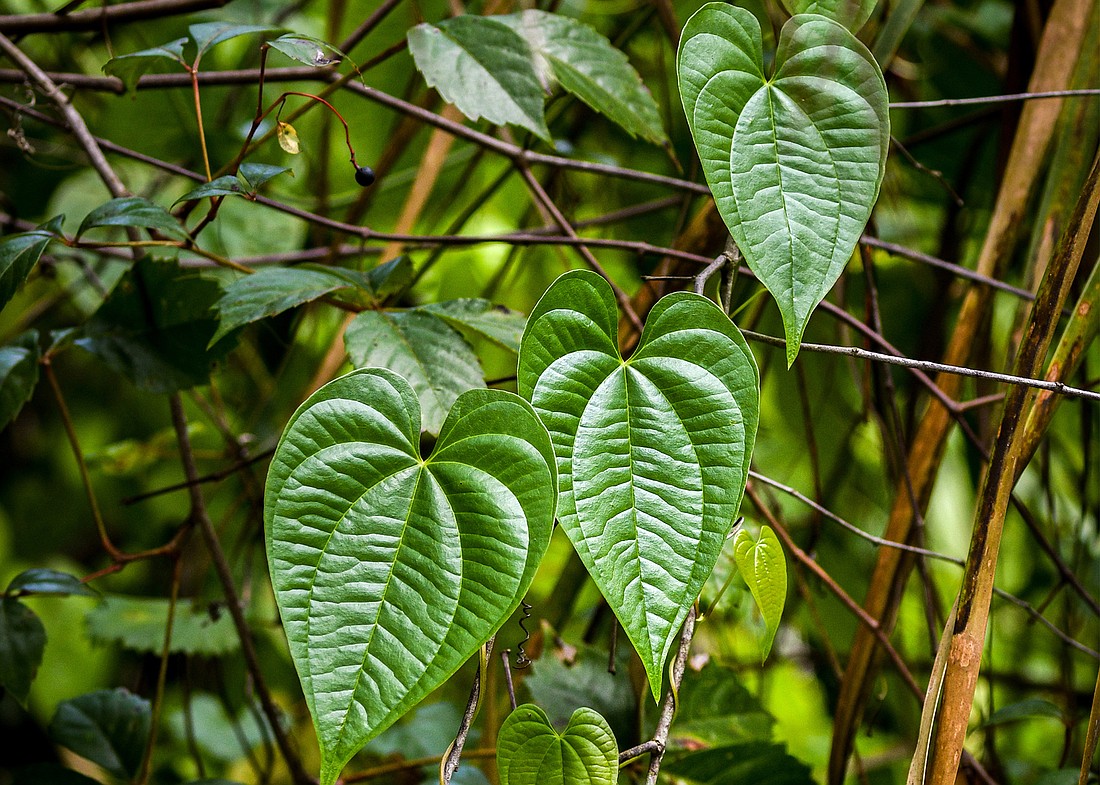- April 17, 2024
-
-
Loading

Loading

Like a web, all forms of life are connected in some way and contribute to the stability of our region's ecosystems, maintaining balance and supporting life. Plant communities are an important part of this web. And Florida native plant species — ones that naturally occur in our area — are critical for its health.
But many non-native plants were introduced in our region, intentionally or accidentally, by human activity. Unlike native species, non-natives don't serve a functional ecological role in our landscapes and have minimal wildlife value. And, with no local predators, some may rapidly reproduce, spreading at the expense of native species. When non-native plants begin to hurt local ecosystems, by displacing native plants and animals, and cause economical harm, they are considered an invasive species.
Read more Wild Florida: Fire helps shape region's ecosystems
At Myakka River State Park, staff and volunteers work to manage over 30 invasive plant species, to the benefit of our native plants and animals. Some of these invasive plants, such as cogon and para grass, were introduced in the early 1900s, as forage for livestock.
Others, such as Caesar's weed, arrived in the area as a fiber crop. Mexican petunia and water hyacinth were imported for ornamental purposes. And air potato, a highly invasive vine now common throughout Florida, arrived in 1905 for testing as a medicinal plant but quickly invaded a variety of habitats. With the potential to grow eight inches a day, it climbs high into mature tree canopies, engulfing native vegetation. A single vine may produce hundreds of bulbils, potato-like growths that sprout new plants.
In Florida, approximately $30 million in public funding is spent annually to manage invasive plants on natural areas and waterways.
And invasive plants are also prevalent in our neighborhoods and our yards. We can help protect our natural areas, and stop further invasions, by learning about the key problem plants in our area, not using them in our gardens, and removing them from our homes to stop their spread.
And by planting life-supporting Florida native plants in our communities, we can directly benefit our wildlife, our environment and ourselves.
Friends of Myakka River exists to support Myakka River State Park and the Wild and Scenic Myakka River. Together, we're protecting and sharing Myakka's Magic, to the benefit of future generations, and our own. Follow us @FriendsofMyakkaRiver.